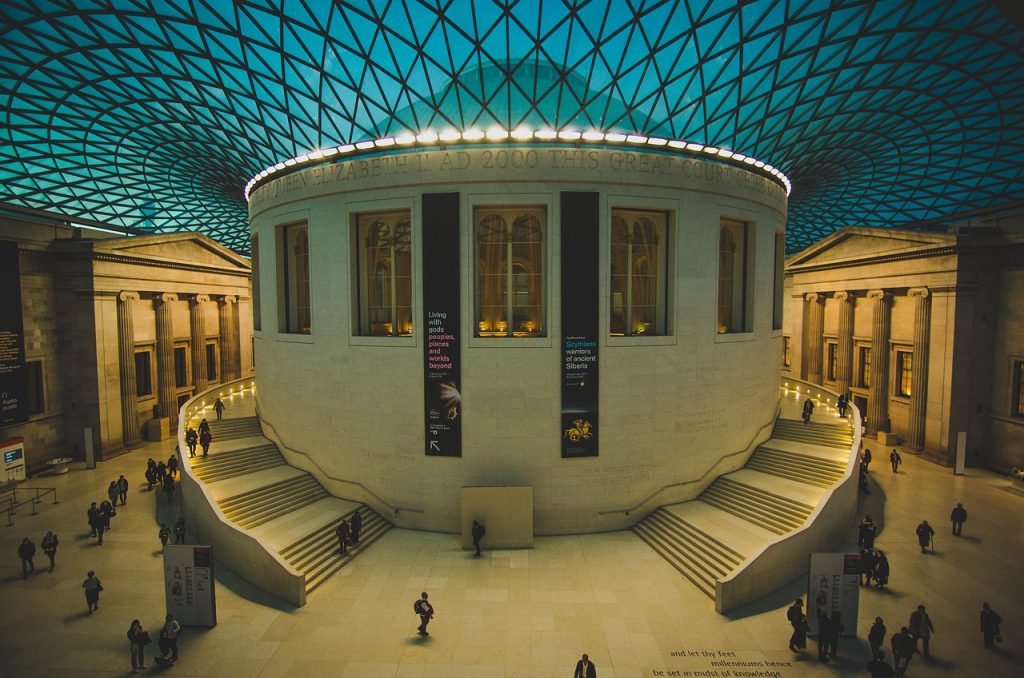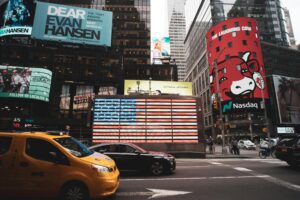Touring The Museum

Museum
The City’s subject between the water and the forest which actually explains the geographical environment, flora and fauna representatives of Tabasco is the start of the tour of the Comalcalco Site Museum. You can appreciate different decorated bricks with the image of the lizard and other animals in this section. The tour goes on with the Mayas from The Classic at Joy ‘Chan, which goes into the cultural development of the traditional population of Comalcalco, through sub themes because the Mayan language, clothes and physical alterations as components of their ritual practices as well as aesthetics, these features are featured in figures as well as bricks imprinted with human characters.
The city’s development in the Kingdom of Joy ‘Chan and its relationship with other Meso-American settlements is explained which moreover highlights the information on its glyph emblem, represented on various pieces. The people and great lords state about the internal organization of the former Comalco, the dynasty of the site and the strata which are represented in a social pyramid.; in this element, figurines, bricks and plaster art forms where the people can appreciate social roles that had women and men are displayed.
One day, being at Joy’ Chan, one can discover the aspects of everyday life through activities like trade, pottery and agriculture; amongst the pieces featured, there are tools used for housework, highlighting the female figurines that function to illustrate the physical appearance and attire of women from the old city.
The City Water Lords theme centers on the architecture of the site, the materials used, construction systems and hydraulics, emphasizing the use of decorated bricks, and key pieces in the construction of the main pre-Hispanic buildings.
Public ceremonies and domestic rituals show the different aspects of the rites in the Joy’ Chan village, such as religious to the domestic ones and the sanctification of spaces; in The Divine, Home subtheme signifies the temples centered on the site gods, where bricks carved with characters carrying out ritual acts, for example, the intake of hallucinogenic plants and also dance performances can be seen.
The mortuary customs are examined in the 8th theme of the museum, Funeral, which represents the variety of burial systems; shows off the priest Aj Than Pakal whose remains were uncovered along with a plentiful offering, comprised of 30 sting ray stingers (25 that have inscriptions), 90 conch shell earrings -34 of them engraved with glyphs, 7 anthropomorphic and amorphous pendants, fragments of pyrite, shark teeth, beads as well as obsidian knives among other things, practically all engrossed in cinnabar (red pigment).
In the Comalcalco Twilight, it’s stated that the abandonment of the area transpired bit by bit until eventually, it became ruins in 700 years, likewise details the origins of its current name, which in the Nahuatl language translates as “Place of the house of the griddle” granted in the sixteenth century, from the disputes between the indigenous populace, that came about as the colony just commenced. It’s deemed that the name happens given that the bricks on which the city is constructed have a resemblance to griddles.
The Tour Ends
A retrospective of the on-site archaeological work was mounted, in the section entitled The Discovery of Comalcalco, an event recorded by the French explorer Desire Charnay, in the year 1880 can be seen near the end of the tour. The site consists of lithographs created by him, the overview deals furthermore with the study made by INAH professionals in the Scientific Projects section where, through photos, the very first official research of the settlement and the finding of essential parts are observed.
The tour simply ends with the Yoko Winikoob of today, the module attests to the tenacity of the Tabasco Maya culture simply by beliefs, dances, rituals as well as cults depicted in ethnographic objects through the living communities. Significantly, the Comalcalco Museum Site was constructed with an architectural design in line with the concepts of Carlos Pellicer, the Tabasco poet, and also the museum script from the archaeologist Amalia Cardos; it was in the year 1984 that it was first opened to the public.
The site is located in the Archaeological Site of Comalcalco, 2 kilometers away from Comalcalco, Tabasco city on Federal Highway 187. They are open from Monday to Sunday from 10 am to 5 pm and costs 46 pesos. Admission is free to students, teachers, children under 13, retirees, pensioners and teachers and students with valid ID. To foreign residents and national public residents, there is free admission on Sunday.







